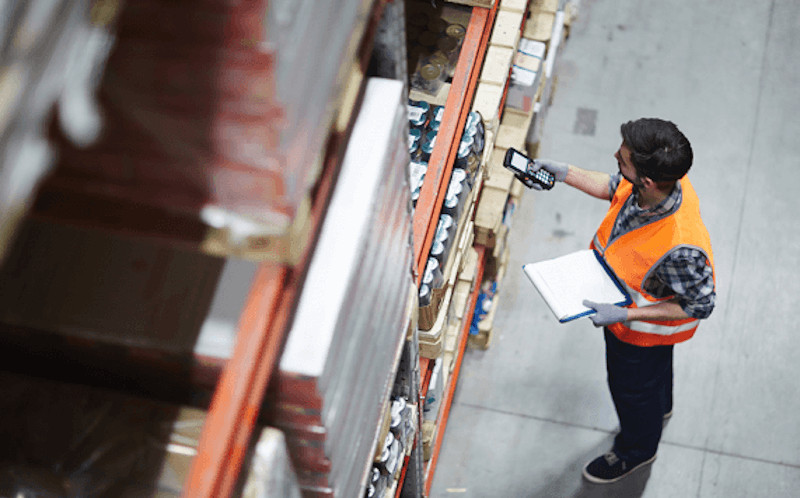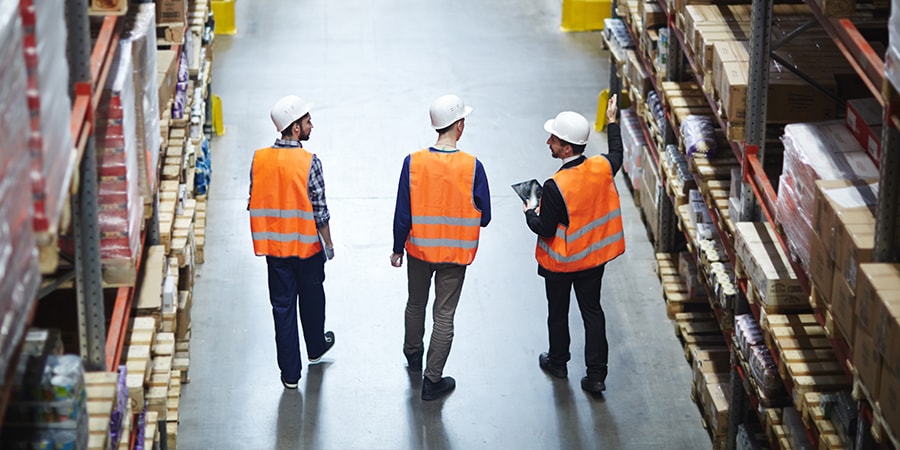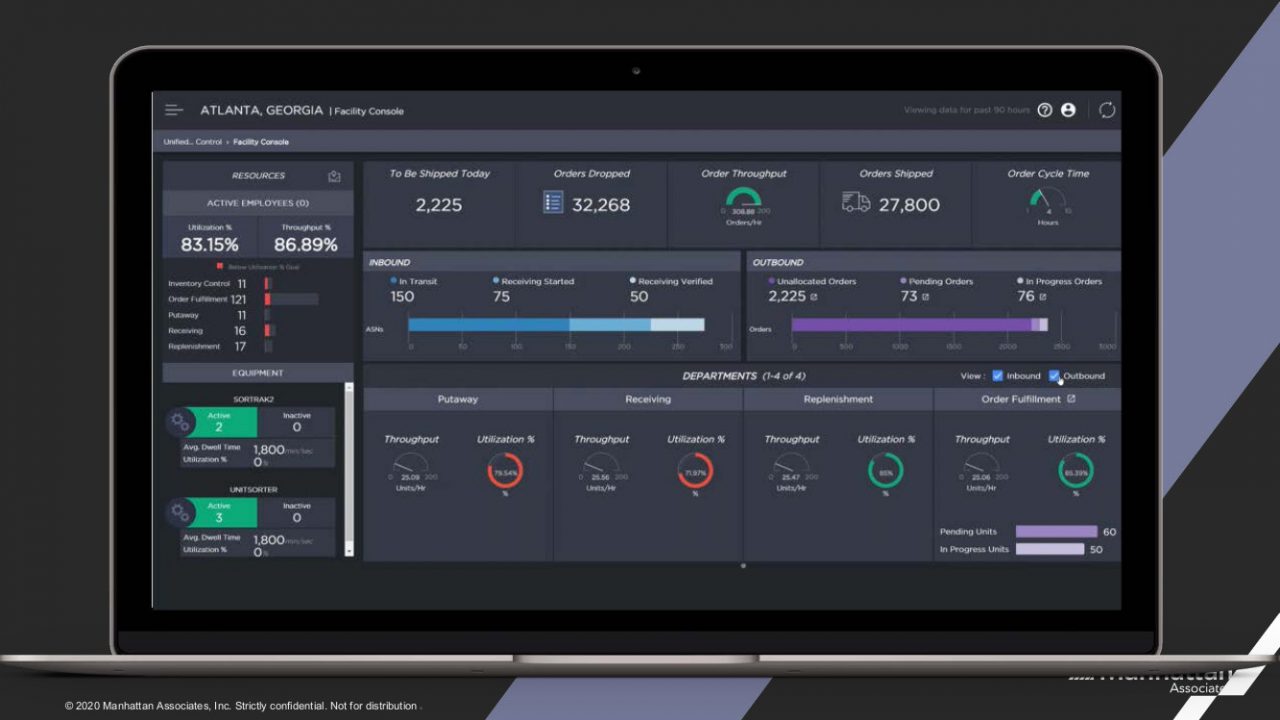There are few industry experts that could have predicted the events of the last two years and even fewer willing to make any claims about what the remainder of the decade might look like from a retail or supply chain perspective.
We do believe it is possible to identify some key ‘mega trends’ that will inevitably incorporate more specific areas of technology along the way.
Agility & predictability
With the supply chain crunch of the last six months impacting peak season planning, plus ongoing challenges of the pandemic and an acceleration of shifting consumer expectations, the need to be agile at every level of an organization is paramount.
The ability to meet these types of challenges requires the agility and scalability afforded by technologies like cloud & microservices. No longer are questions about the architecture of an organization’s IT solely a question for the CIO – it is now a priority for COOs and CEOs too.
While predicting the changing consumer and industry landscape became more challenging for brands in, juggling variables beyond simply the effects of the pandemic, the need to try to model & map scenarios became even more important too.
Thankfully, with the increasing digitization of the supply chain, this means more data than ever before is being produced, and more data is good for predictive tools like digital twins – expect more emphasis on these types of data-fuelled pre-emptive modelling tools in 2022.
Customer experience
The news that Amazon plans to open department stores in North America will give many retailers (big and small) hope for the future.
The news was a welcome boost for traditional high-street business models on the face of it, but it also raises a number of pressing questions for retailers, many of which have literally just weathered the challenges of the pandemic, only to find themselves confronted by a new, no less transformational storm on the horizon.
Establishing the right technology infrastructure, including everything from omnichannel and modern, connected Point-of-Sale systems, to order management and warehouse solutions, will give brands the flexibility, agility and scalability they need to face-off against this latest disruption heading their way.
To survive this next phase in Amazon’s evolution, retailers must prepare their systems and processes for a new marketplace that will be dominated by those brands that are able to deliver seamless, personalized shopping experiences across physical and digital channels.
We see 2022 as an opportunity for all retailers (big & small) to double-down and go ‘all in’ on omnichannel.
Along with a renewed emphasis on omnichannel, we also expect the trend of moving the supply chain and goods closer to the consumer to gather pace strongly in 2022 too.
The benefits of micro-fulfilment centers and ‘dark stores’ (faster customer fulfilment, less miles travelled for delivery fleets, reducing CO2 emissions, quicker more efficient returns processes etc.) have largely been proven over the last 12 months. As the supply chain gets closer to consumers expect customer experiences to change and improve.
Empowering employees
Whether it’s parcel pickers in warehouses or HGV drivers on the roads, the current crisis being caused by a lack of supply chain staff is clear and present for all to see.
The pandemic has certainly elevated employee well-being and we expect this increased focus will continue to gain momentum in 2022.
Providing supply chain and retail workers with the most intuitive, easy to use technology in their roles is no longer a ‘nice to have’ option for organizations, it’s a must, and the need to engage and empower employees is more critical than ever before.
Building loyalty, empowering employees (in stores, warehouses or those driving the trucks), keeping workers safe, and maintaining operational efficiencies through people-first technology will be absolutely paramount in 2022 and well beyond too.











